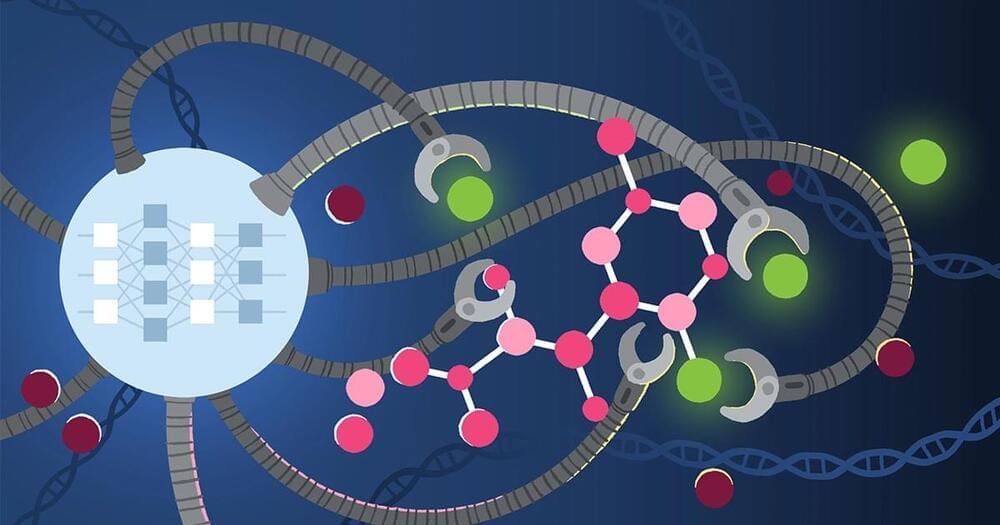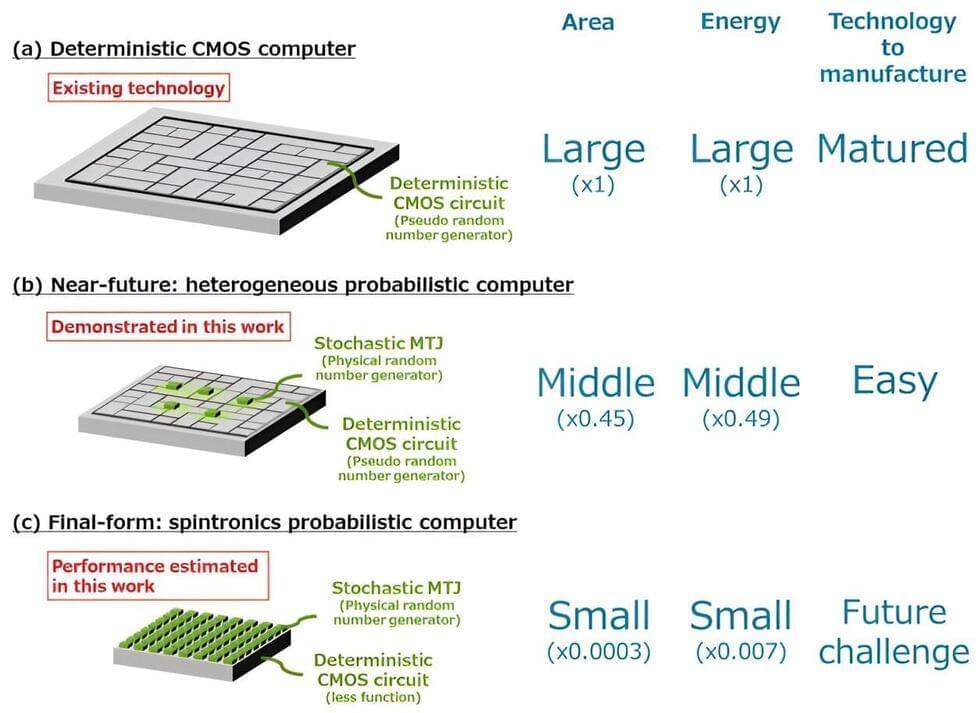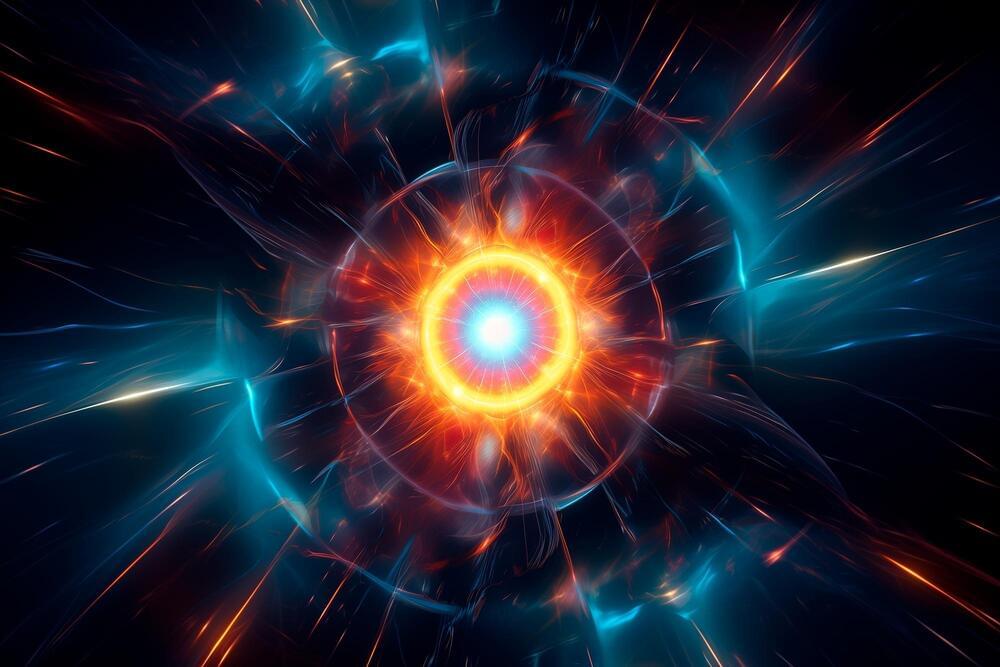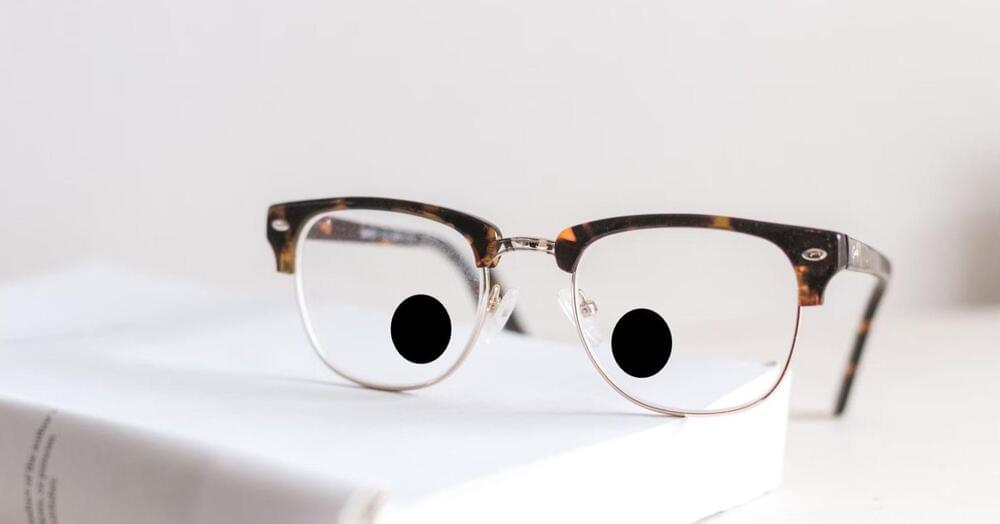An algorithm can monitor the health of retired vehicle batteries used to store surplus power fed into the electrical grid.



Inspired by the tetromino shapes in the classic video game Tetris, researchers in the US have designed a simple radiation detector that can monitor radioactive sources both safely and efficiently. Created by Mingda Li and colleagues at the Massachusetts Institute of Technology, the device employs a machine learning algorithm to process data, allowing it to build up accurate maps of sources using just four detector pixels.
\r \r.
Wherever there is a risk of radioactive materials leaking into the environment, it is critical for site managers to map out radiation sources as accurately as possible.
Dive into the deepest quantum mystery: how do we transition from a haze of possibilities to the concrete reality we experience? Does the answer require a profusion of universes, each shaped by different quantum outcomes?
This program is part of the Big Ideas series, supported by the John Templeton Foundation.
Participants:
Sean Carroll.
Moderator:
Brian Greene.
00:00 — Introduction.
03:38 — Sean Carroll Introduction.
04:09 — The Quantum Measurement Problem.
08:33 — The GRW Theory.
11:18 — What would be predicted with the Schrödinger equation?
15:10 — Many Worlds Theory.
17:42 — What are the implications of the many worlds theory?
22:37 — Quantum Entanglement.
29:05 — What does the future of Quantum Mechanics look like?
31:26 — Embracing the Many Worlds Concept.

We discuss a perturbative and non-instantaneous reheating model, adopting a generic post-inflationary scenario with an equation of state w. In particular, we explore the Higgs boson-induced reheating, assuming that it is achieved through a cubic inflaton-Higgs coupling ϕ|H|2. In the presence of such coupling, the Higgs doublet acquires a ϕ-dependent mass and a non-trivial vacuum–expectation–value that oscillates in time and breaks the Standard Model gauge symmetry. Furthermore, we demonstrate that the non-standard cosmologies and the inflaton-induced mass of the Higgs field modify the radiation production during the reheating period. This, in turn, affects the evolution of a thermal bath temperature, which has remarkable consequences for the ultraviolet freeze-in dark matter production.

Proteins are the molecular machines that sustain every cell and organism, and knowing what they look like will be critical to untangling how they function normally and malfunction in disease. Now researchers have taken a huge stride toward that goal with the development of new machine learning algorithms that can predict the folded shapes of not only proteins but other biomolecules with unprecedented accuracy.
In a paper published today in Nature, Google DeepMind and its spinoff company Isomorphic Labs announced the latest iteration of their AlphaFold program, AlphaFold3, which can predict the structures of proteins, DNA, RNA, ligands and other biomolecules, either alone or bound together in different embraces. The findings follow the tail of a similar update to another deep learning structure-prediction algorithm, called RoseTTAFold All-Atom, which was published in March in Science.

In this study, graduate student Keito Kobayashi and Professor Shunsuke Fukami from Tohoku University, along with Dr. Kerem Camsari from the University of California, Santa Barbara, and their colleagues, developed a near-future heterogeneous version of a probabilistic computer tailored for executing probabilistic algorithms and facile manufacturing.
“Our constructed prototype demonstrated that excellent computational performance can be achieved by driving pseudo random number generators in a deterministic CMOS circuit with physical random numbers generated by a limited number of stochastic nanomagnets,” says Fukami. “Specifically speaking, a limited number of probabilistic bits (p-bits) with a stochastic magnetic tunnel junction (s-MTJ), should be manufacturable with a near-future integration technology.”
The researchers also clarified that the final form of the spintronics probabilistic computer, primarily composed of s-MTJs, will yield a four-order-of-magnitude reduction in area and a three-order-of-magnitude reduction in energy consumption compared to the current CMOS circuits when running probabilistic algorithms.

Argonne National Laboratory scientists have used anomaly detection in the ATLAS collaboration to search for new particles, identifying a promising anomaly that could indicate new physics beyond the Standard Model.
Scientists used a neural network, a type of brain-inspired machine learning algorithm, to sift through large volumes of particle collision data in a study that marks the first use of a neural network to analyze data from a collider experiment.
Particle physicists are tasked with mining this massive and growing store of collision data for evidence of undiscovered particles. In particular, they’re searching for particles not included in the Standard Model of particle physics, our current understanding of the universe’s makeup that scientists suspect is incomplete.



Northrop Grumman and Umbra have been awarded small contracts by the Defense Advanced Research Projects Agency (DARPA) to continue to the second phase of a program designed to collect data from radar-equipped satellites flying in formation and develop innovative algorithms to process the data for military applications.
Umbra’s contract under the Distributed Radar Image Foundation Technology (DRIFT) program is for $6 million and will last for six months and Northrop Grumman’s is for $2 million and covers one year, a DARPA spokesperson said.